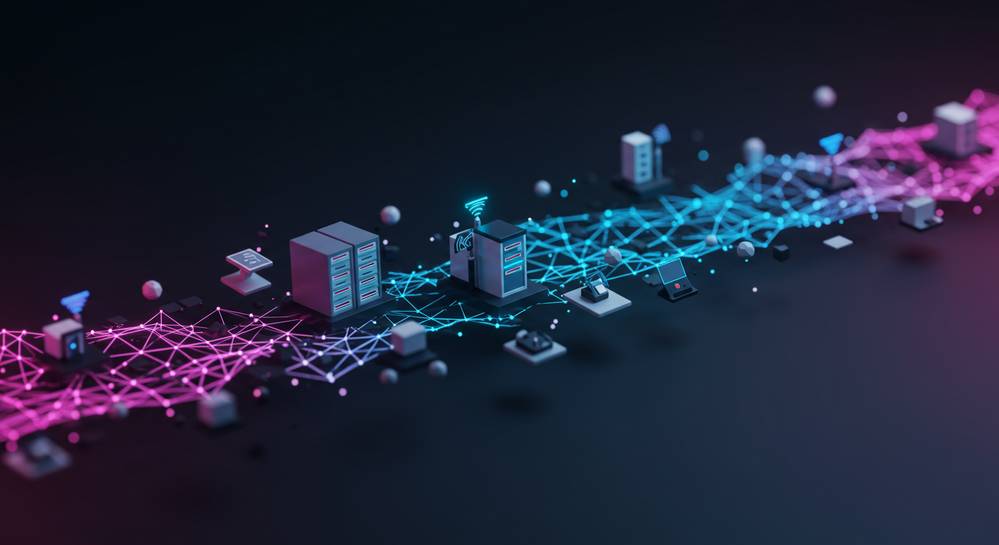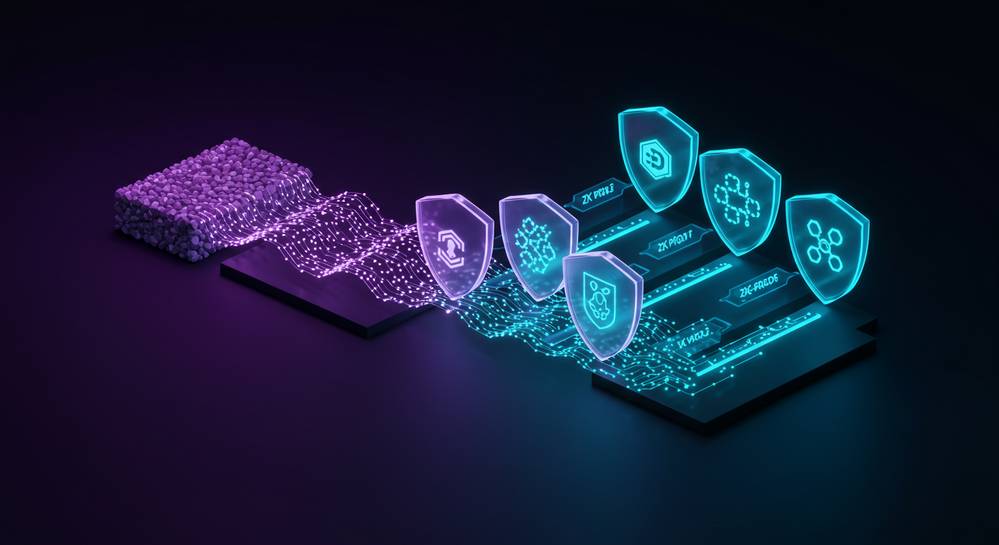The blockchain landscape is evolving at a breakneck pace, moving far beyond its origins with Bitcoin. As we look toward the near future, several powerful developments are set to redefine industries. Understanding the upcoming blockchain industry trends 2025 is crucial for investors, developers, and enthusiasts alike. This article explores the core shifts that will shape the next wave of decentralized innovation and adoption.
The rise of real world asset tokenization (RWA)

One of the most significant blockchain industry trends 2025 is the tokenization of real world assets (RWA). This process creates a digital representation of a physical or intangible asset on a blockchain. It directly connects decentralized finance to trillions of dollars in tangible value, moving beyond abstract digital assets. This shift fundamentally enhances liquidity, enables fractional ownership, and improves transparency for previously illiquid markets.
By representing ownership on-chain, RWA unlocks new investment opportunities across various sectors. The underlying distributed ledger technology provides a secure and immutable record, building trust for investors. Key growth areas include:
- Real Estate: Fractional ownership of commercial or residential properties becomes accessible.
- Private Equity: Illiquid private company shares can be traded on secondary markets.
- Art and Collectibles: Multiple investors can co-own a share of a high-value piece.
- Carbon Credits: A transparent and verifiable market for environmental assets is created.
Major financial institutions are already launching RWA platforms. This trend is blurring the lines between traditional finance and DeFi. Projections from industry leaders like Boston Consulting Group suggest the market could reach trillions of dollars by 2030, confirming its disruptive potential.
Decentralized physical infrastructure networks (DePIN) will expand

Decentralized physical infrastructure networks (DePIN) represent a powerful, real-world application shaping blockchain industry trends 2025. These networks use token incentives to encourage a global community to build and maintain physical infrastructure. This crowdsourced model challenges traditional, centralized systems by distributing control and reducing costs. It is a tangible example of blockchain moving beyond finance into physical services.
The growth of DePIN projects is accelerating across several key sectors, demonstrating its versatility. This model allows for more resilient and community-owned infrastructure. Key areas of expansion include:
- Decentralized Storage: Networks like Filecoin reward users for contributing unused hard drive space, creating a robust cloud alternative.
- Wireless Networks: Projects such as Helium incentivize people to deploy hotspots, building a global, user-owned network for IoT devices.
- Data and Sensor Networks: Users can share data from sensors and get rewarded, creating vast, real-time data markets.
By removing central authorities, DePIN lowers operational costs and increases efficiency. Industry reports from sources like Messari project the sector could become a multi-trillion dollar market by 2028. This marks a fundamental shift in how we build and interact with the physical world.
AI and blockchain integration for enhanced security and dApps
The convergence of artificial intelligence and blockchain is a pivotal development among the blockchain industry trends 2025. This symbiotic relationship combines blockchain’s secure, immutable ledger with AI’s power to analyze data intelligently. It unlocks unprecedented capabilities for the entire ecosystem, making it more robust, secure, and efficient for all participants.
AI algorithms significantly bolster security by analyzing on-chain data in real-time. They can detect fraudulent transaction patterns and identify vulnerabilities in smart contracts before they are exploited. This proactive approach is essential for building trust and preventing costly breaches, which is critical for encouraging wider mainstream adoption of the technology.
Beyond security, developers are integrating AI to create more dynamic and responsive decentralized applications (dApps). This fusion leads to applications like decentralized marketplaces with intelligent recommendation engines. It also enables autonomous agents, such as an AI forex trading bot, to execute complex strategies on DeFi platforms, making them more powerful and intuitive for end-users.
Scalability and privacy with layer 2s and ZK-proofs

As blockchain applications become more sophisticated, scalability and privacy become paramount. Addressing these challenges is a critical blockchain industry trend for 2025. Layer 2 scaling solutions and zero-knowledge (ZK) proofs are the leading technologies paving the way for mass adoption by making networks faster, cheaper, and more private.
Layer 2s are protocols built on a main blockchain to process transactions off-chain. This approach dramatically increases transaction speed and reduces fees without sacrificing the security of the mainnet. Understanding the undefined is key. Major solutions include:
- Optimistic Rollups: Solutions like Arbitrum and Optimism bundle thousands of transactions into a single one on the main chain.
- ZK-Rollups: These use complex cryptography to validate transactions more efficiently and with greater privacy.
Zero-knowledge proofs allow one party to prove a statement is true without revealing any underlying information. This technology is a game-changer for confidentiality. By 2025, ZK-proofs will become integral for private transactions, secure identity verification, and building scalable applications that can handle millions of users.
The evolution of blockchain technology is moving beyond theoretical concepts and into practical, high-impact applications. Trends like RWA tokenization, DePIN, and AI integration are not just incremental updates; they represent a maturation of the industry. As scalability and privacy are solved with Layer 2s and ZK-proofs, the foundation for a decentralized future becomes stronger than ever. Stay informed on these developments with Dynamic Crypto Network.
